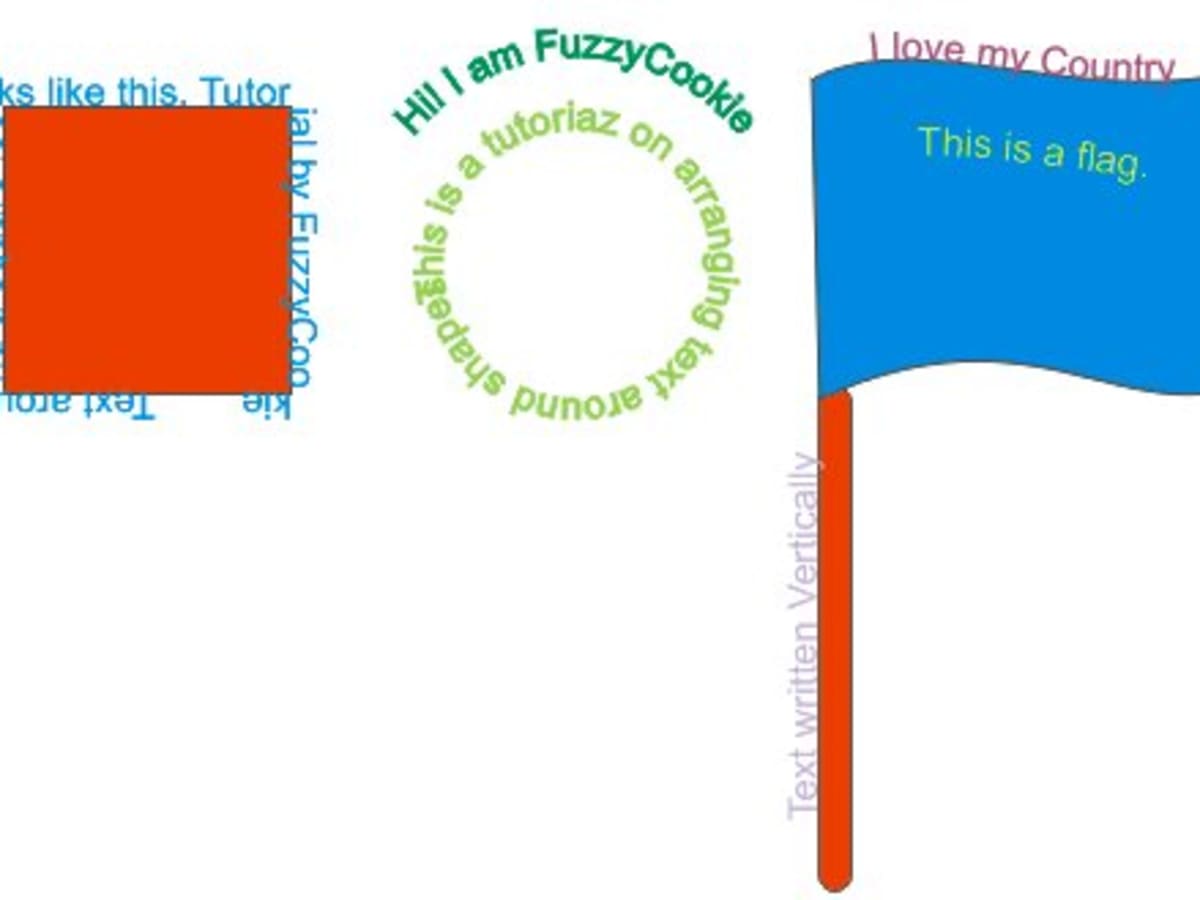

You can also stretch an object from its center by pressing Shift and dragging a corner selection handle. You can change object dimensions proportionally by enabling the Proportional check box, typing a value in either the H or V box, and pressing Enter. To revert the object to its original one-to-one proportions before transforming it again, you must enable the Proportional check box, and then retype the original values. When you enable the Proportional check box, any resizing of the object is based on this new ratio. The new values that you enter to stretch an object are the basis for a new ratio of the horizontal and vertical dimensions of the object. V - lets you specify the height of a selected object

H - lets you specify the width of a selected object In the Transformations docker, type a value in the following boxes: You can also access skewing options from the Transformation docker by clicking Object Transformations Skew. If the skew handles are not displayed, click the selected object again, and point to the middle handles. You can also skew an object interactively by dragging one of its skew handles. If you want to apply the scaling according to the object’s position rather than the x and y coordinates, click the Relative to object button on the property bar. Type values in the Skew angle boxes on the property bar to specify the number of degrees by which you want to skew the object horizontally or vertically.

Ĭlick the Free skew button on the property bar. In the toolbox, click the Free transform tool. Stretching an object horizontally To skew an object Stretching changes an object’s vertical and horizontal dimensions non proportionally.ĬorelDRAW also lets you change the skew and sizing anchor point of an object from its default center position. When you skew an object, you specify the degree by which you want to slant the object. You can skew and stretch objects in CorelDRAW.


 0 kommentar(er)
0 kommentar(er)
